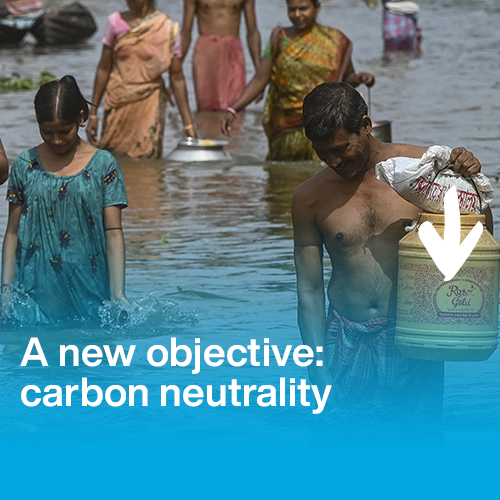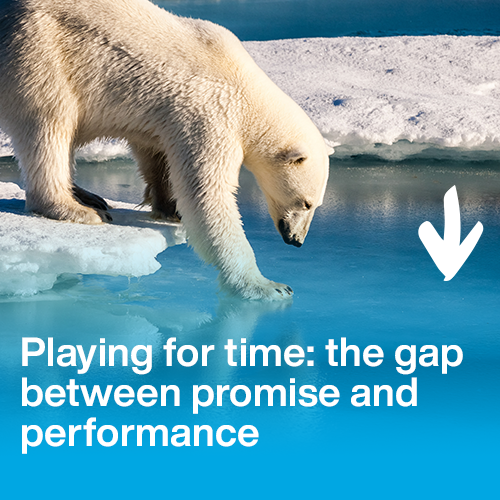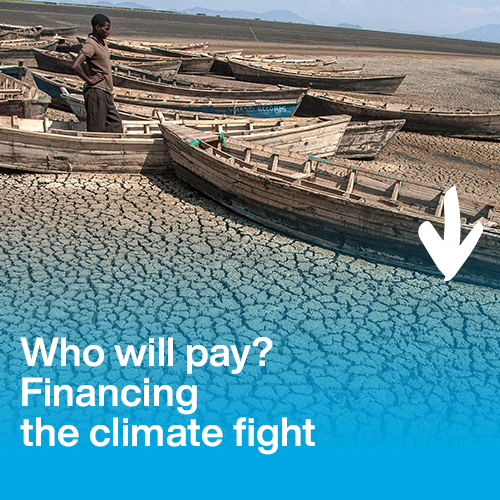Remember the cheers, the hugging, the tears? On December 12, 2015, after two weeks of gruelling talks, delegates from almost every country on the planet signed up to a landmark climate accord at the COP21 summit in the outskirts of Paris, sparking euphoric celebrations in the bleak conference hall where the deal was finally hammered out.
Bucking a depressing trend of failed climate talks, the Paris Agreement marked the first time rich and poor countries united in support of a legally binding treaty aimed at curbing global warming. More than 190 parties pledged to limit the planet’s heating to “well below” 2°C (3.6°Fahrenheit) compared with pre-industrial levels while aiming for an even more ambitious goal of 1.5°C (2.7°Fahrenheit).
Six years on, as negotiators gather for another “last chance” summit in Glasgow, the euphoria that greeted the Paris accord has largely faded. Under the deal hammered out in 2015, all signatories were given five years to submit their roadmaps to slash greenhouse gas emissions – officially known as their “Nationally Determined Contributions” (NDCs). But despite a 12-month extension due to the Covid-19 pandemic, most countries are still struggling to translate the promises of the COP21 into concrete measures.
Meanwhile, global warming has accelerated. In a bombshell report, the Intergovernmental Panel on Climate Change (IPCC) warned in August that the Earth’s average temperature is on track to reach 1.5°C above pre-industrial levels by around 2030 – a full decade earlier than projected only three years ago. IPCC experts said promises made by the Paris accord signatories would, if kept, lead to an already catastrophic 3°C rise in temperatures despite commitments to keep warming to 2°C. Failure to implement even those would leave our planet on track for a 4°C to 5°C rise, at which point some of the world’s most densely populated areas would become uninhabitable.
The IPCC report is a “code red for humanity”, UN Secretary-General Antonio Guterres has warned. This is the sobering backdrop to the COP26 gathering in Glasgow, during which participants will be required to submit drastically revised NDCs. Their level of ambition will seal the fate of the landmark Paris accord, which has so far produced only mixed results.
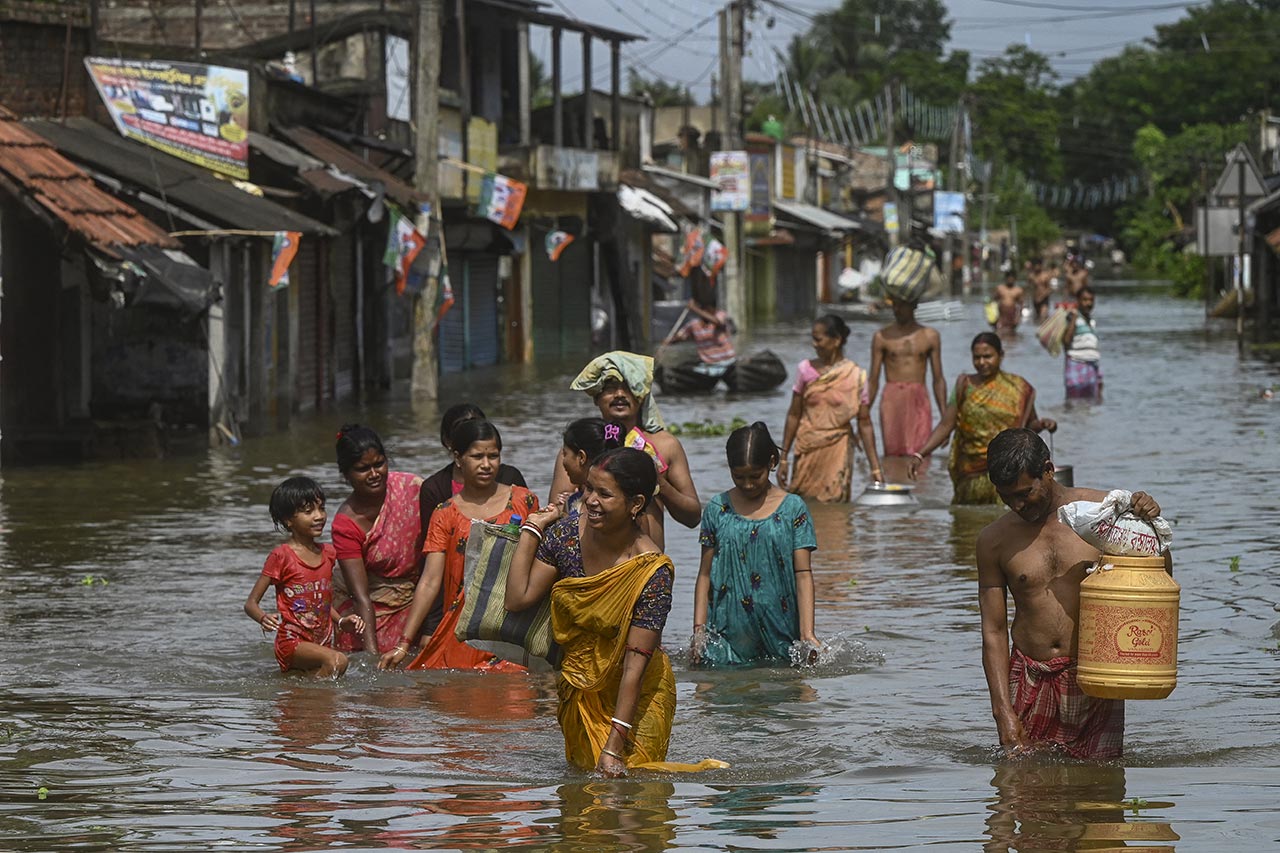
A new objective: carbon neutrality
While concrete results are still lacking, the agreement hammered out at the COP21 summit in Paris remains a landmark step in the fight against climate change. It marked the first time world leaders united behind a clear objective to limit global warming to less than 2°C and enshrined that agreement in an international treaty.
Since then, the Paris Agreement has become a reference for climate action. Numerous countries, cities and private companies have taken a step further by pledging to go “carbon neutral” by 2050.
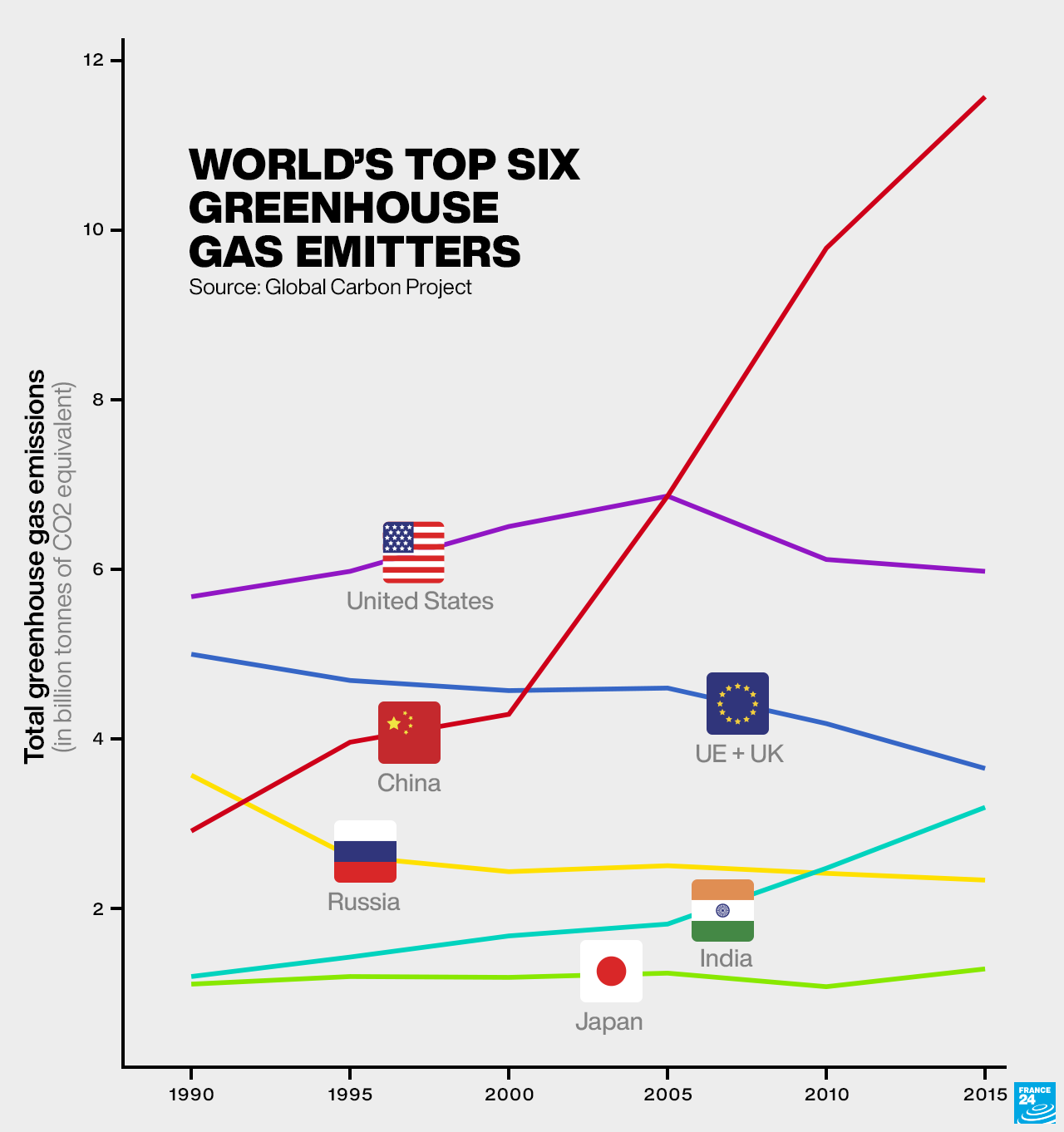
At a French Senate hearing earlier this year, Laurence Tubiana, a key architect of the Paris accord, said the landmark 2015 agreement had generated a “positive domino effect” with the European Union inspiring China and the United States to announce carbon-neutrality targets.
As the world’s largest carbon emitters, all three are recent converts to the principle of net-zero carbon emissions, which involves reducing emissions to the point where they are equal to or outweighed by “carbon sinks” such as forests. In September 2020, China surprised the UN General Assembly by announcing it would aim for carbon neutrality by 2060. The United States – which pulled out of the Paris Agreement under former president Donald Trump and then returned under Joe Biden – followed suit in April 2021, setting a target date of 2050. Two months later, the European Union enshrined its target of reaching carbon neutrality by the middle of the century in a comprehensive climate law.
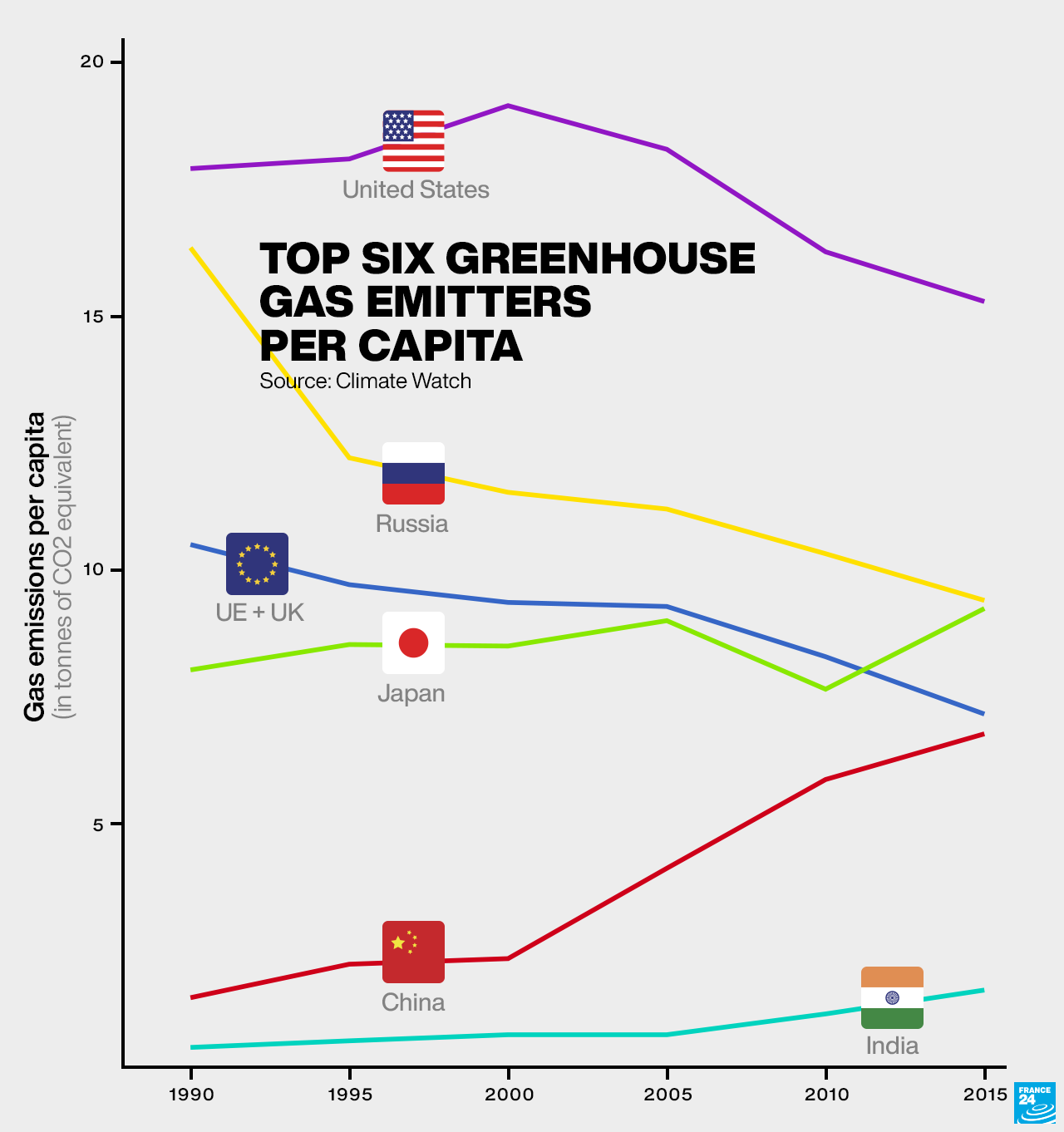
While governments are often slow to back up their pledges with concrete measures, the new objective is already being taken very seriously by courtrooms, which have seen climate litigation spike in recent years. According to a January 2021 report by the UN Environment Programme (UNEP), climate cases have almost doubled over the last three years, pushing governments and corporations to implement their commitments on fighting climate change.
On October 14, a French court ruled that the state was guilty of failing to honour its own commitments to slash greenhouse gas emissions in a landmark case brought by climate activists. Judges gave the government until the end of 2022 to “repair” the damage caused by its unkept promise, estimating that France had missed its emissions target by the equivalent of 15 million tonnes of CO2.
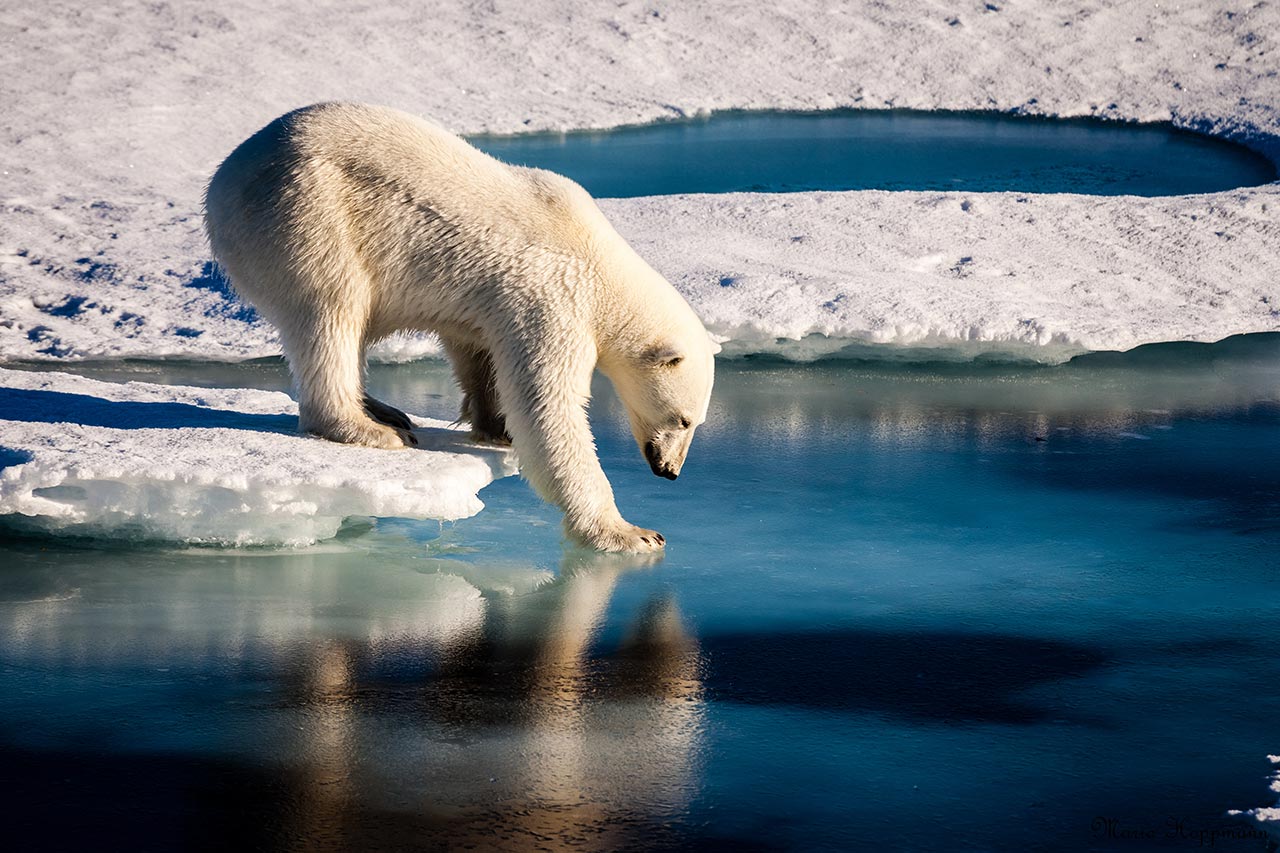
Playing for time: the gap between promise and performance
Coming just two weeks ahead of the Glasgow gathering, the court ruling in Paris offered a stinging rebuke of the country that hosted the COP21 summit – and a timely reminder of the difficulties experienced by the signatories of the Paris Agreement in meeting their own commitments. Six years later, the promised drastic reduction in greenhouse gas emissions has yet to happen.
As the UN Environment Programme noted in its most recent Emissions Gap report published in December 2020, “the world is still heading for a temperature rise in excess of 3°C this century – far beyond the Paris Agreement goals”.
The year 2020 was marked by an intensification of droughts, wildfires, storms, and the melting of glaciers and sea ice. It was one of the hottest 12 months on record, according to the World Meteorological Organization, along with 2016 and 2019.
Despite these ominous signs of climate change, signatories of the Paris accord have been slow to cut back their carbon emissions. While their objectives remain ambitious, concrete action is all too often pushed back. As a result, global emissions have continued to grow since 2015, reaching a record high of 52.4 billion tonnes of CO2 equivalent in 2019 – and 59.1 billion tonnes when including land-use change (LUC), such as forest land being converted into palm oil plantations.
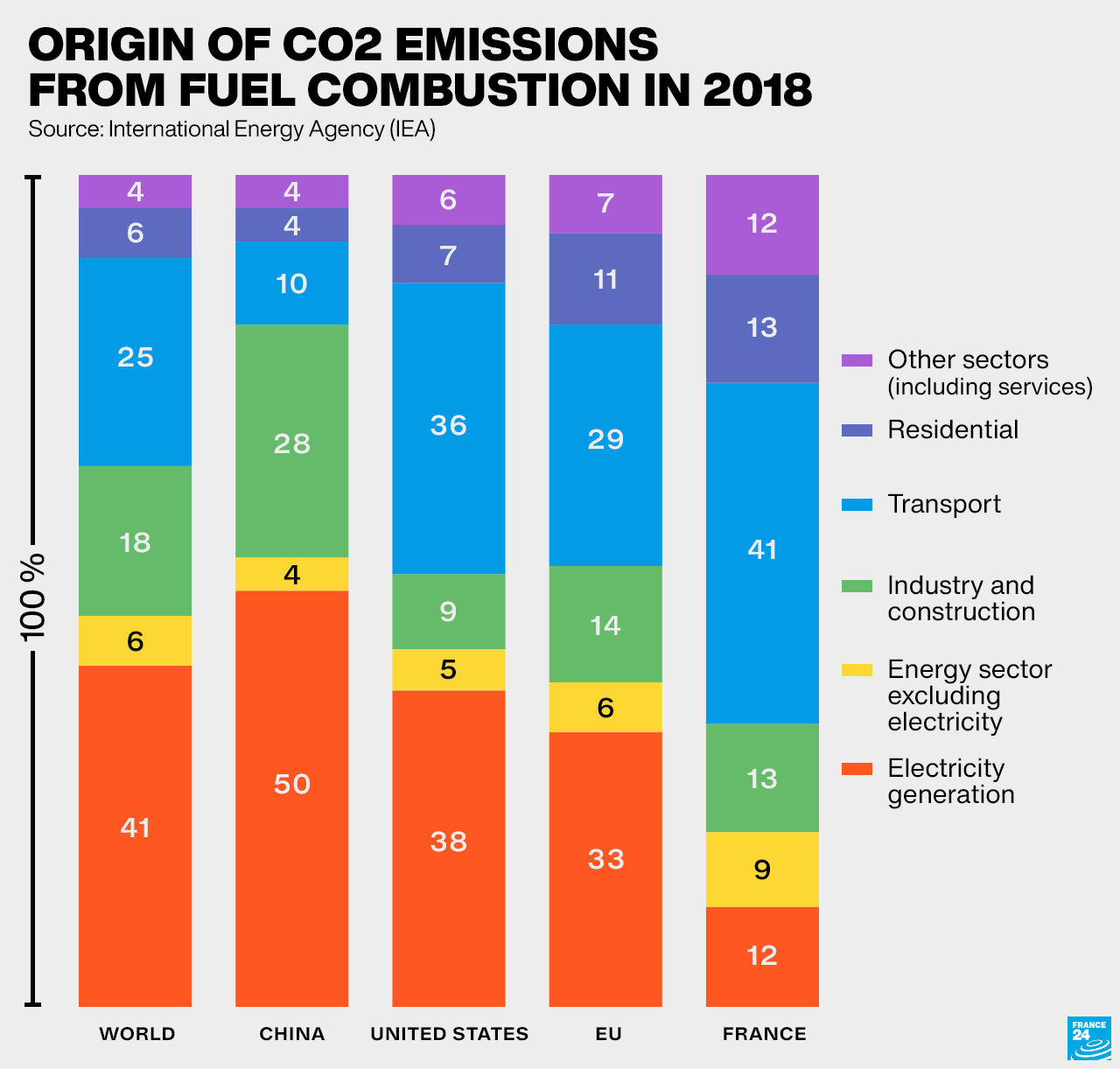
The discrepancy between promise and policy has become all the more glaring as countries race to proclaim their aim to reach carbon neutrality by the middle of the century. As UNEP stresses in its Emissions Gap report, “there is inconsistency between the emission levels implied by current policies and those projected under current NDCs by 2030, and, more importantly, those necessary for achieving net-zero emissions by 2050”.
To meet the Paris Agreement’s conservative target of 2°C by 2030 a further 15 billion tonnes of CO2 equivalent will need to be cut – in addition to existing NDCs. Meeting the more ambitious 1.5°C target will require cuts twice as deep.
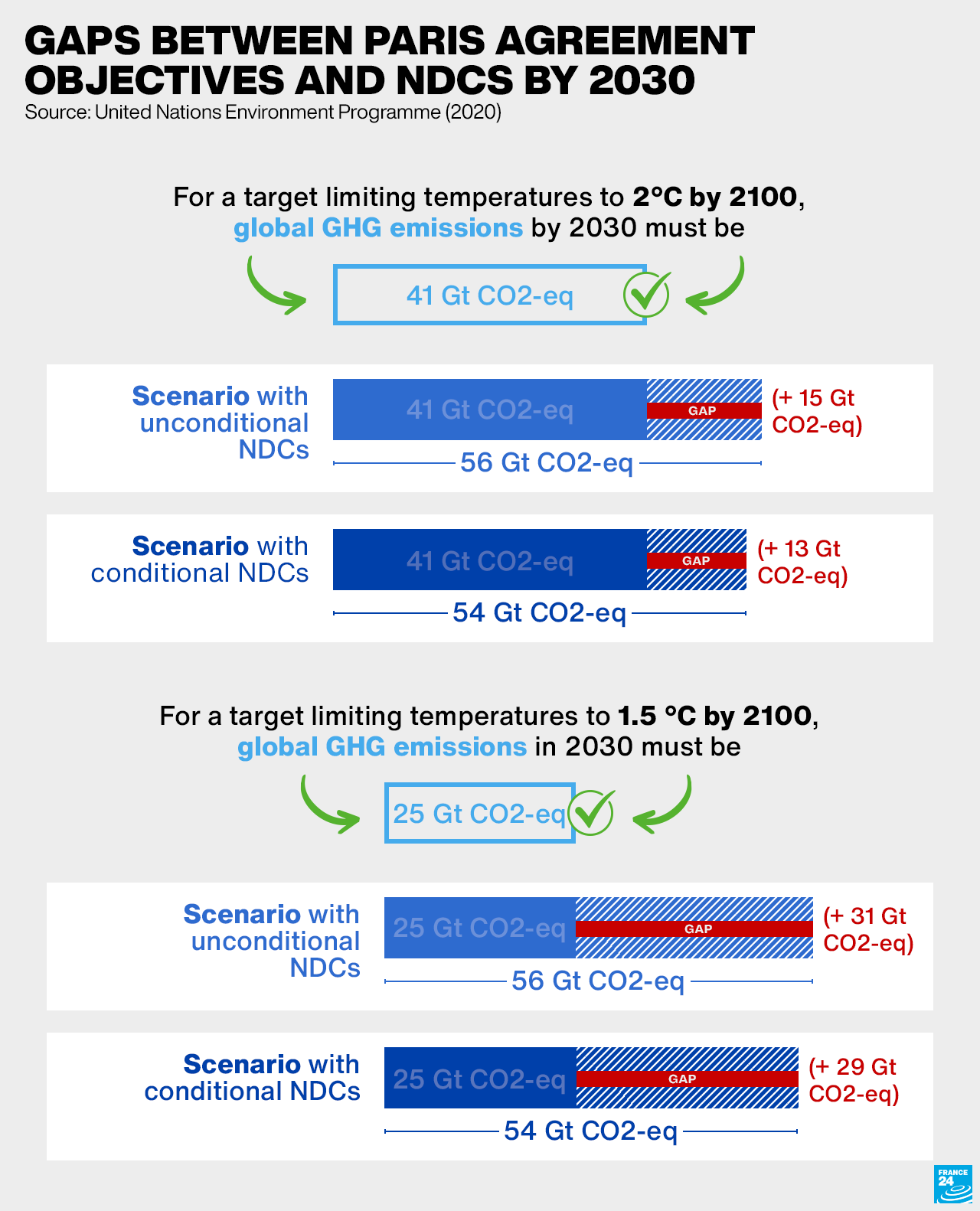
And yet in the run-up to COP26, nations have offered little concrete evidence of how they intend to live up to the promise of the Paris accord. According to a September 2021 report published by the Climate Action Tracker, which assesses the environmental policies of 37 countries accounting for 81% of all greenhouse gas emissions, Gambia is the only nation whose policies are in line with commitments made at COP21. Other countries – like the United Kingdom, Costa Rica, Kenya and Morocco – are close to meeting their targets while efforts by the European Union, Japan and the United States are deemed “insufficient”. As for India, the world’s fourth-largest emitter, and Russia, the fifth-largest, their policies are respectively labelled “very insufficient” and “extremely insufficient”.
Those findings were confirmed by a UN report evaluating the Nationally Determined Contributions submitted by the parties to the Paris Agreement. Far from slashing emissions, the report found that current NDCs will allow global emissions to keep rising, increasing by 16% by 2030 compared to 2010 levels. The continued rise “is a huge cause for concern”, said Patricia Espinosa, the UN’s chief climate negotiator. “It is in sharp contrast with the calls by science for rapid, sustained and large-scale emission reductions to prevent the most severe climate consequences and suffering, especially of the most vulnerable, throughout the world.”
Moreover, many of the road maps submitted by developing countries include commitments that are conditional on financial support from richer countries. The sensitive issue of financing the fight against climate change was a cornerstone of the Paris accord six years ago. Finding ways to improve climate financing – and make it fairer – will be at the heart of the COP26 talks.
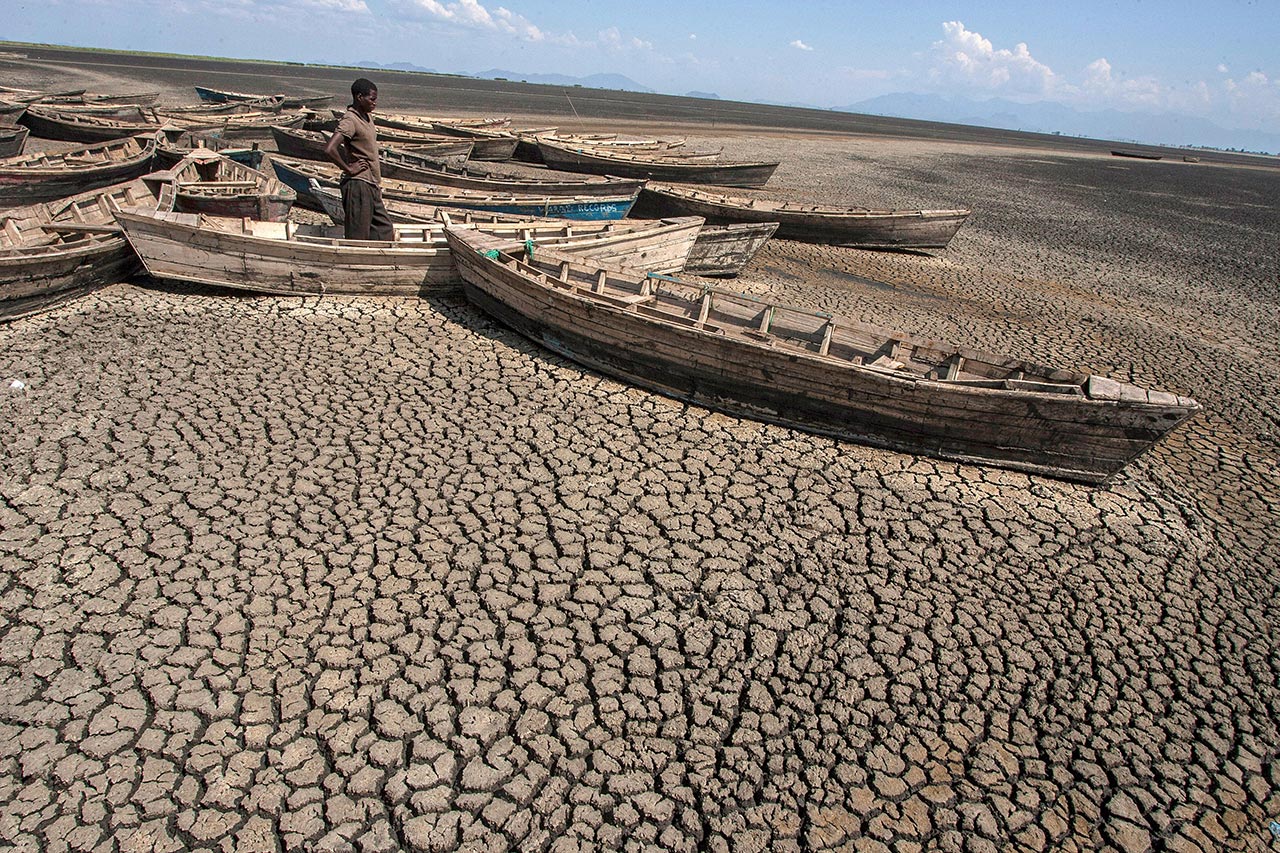
Who will pay? Financing the climate fight
Just over a decade ago at the COP15 gathering in Copenhagen in 2009, wealthy countries pledged to mobilise $100 billion per year by 2020 to finance climate action in the developing world. Twelve years on, the target sum is still some distance away.
The latest OECD report estimates that developed countries mobilised $79.6 billion in total climate finance in 2019 – only a 2% increase from 2018. Furthermore, the report found that three-quarters of all funding was aimed at climate change mitigation efforts, which aim to reduce greenhouse gas emissions, for instance by developing renewable energy sources. However, the Paris Agreement stipulated that a balance was required between mitigation and adaptation – namely measures to help countries deal with the consequences of climate change, such as building dams to prevent flooding.
The type of funding is another cause for concern, says the NGO Oxfam, noting that 71% of all funds are made available through loans that poor countries already hamstrung by debt will eventually have to repay. In contrast, grants have barely increased in recent years, according to Oxfam’s calculations, creeping up from $11 billion in 2015-2016 to $12.5 billion in 2017-2018.
“It is extremely shocking that poor countries which have historically contributed little to global warming should end up in a situation where they have to borrow money and increase their debt load through exorbitant interest rates,” said Armelle Le Comte, head of climate at Oxfam’s French branch.
The subject of climate finance is “a pillar of the Paris Agreement, cementing trust between developed and developing countries”, says Le Comte, noting that climate justice is set to feature prominently in statements made by delegates from poorer countries in Glasgow.
“Billions were spent to help companies during the pandemic, leaders were able to find the money then. The same effort is required to tackle the climate emergency. Developed countries must come up with a new course for climate funding after 2020,” Le Comte adds.
Climate finance is also tied to the investment choices made by governments and the private sector. The Covid-19 pandemic and the rescue plans that followed offered an opportunity for a radical change of course. Instead, governments have invested massively in carbon-intensive energy sources, “directing around 300 billion dollars in new funds towards fossil fuel activities since the beginning of the Covid-19 pandemic”, according to UNEP’s 2021 Production Gap Report.
Painting a bleak picture, the report stresses that world governments plan to produce around 110% more fossil fuels in 2030 than would be consistent with limiting global warming to 1.5°C, and 45% more than required to meet the 2°C target.


